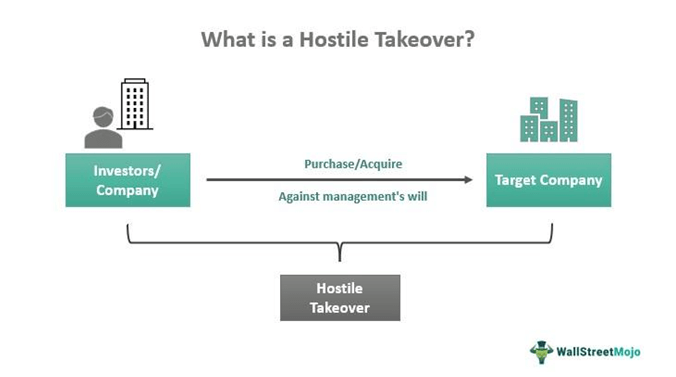Mechanics of Hostile Bids

At its core, a hostile bid refers to an acquisition attempt made by one company towards another, without the consent or cooperation of the target company’s management or board of directors. Unlike friendly mergers or acquisitions, where both parties are willing participants, hostile bids often involve a more aggressive approach.
One common tactic used in hostile bids is the direct communication with the target company’s shareholders. Acquiring companies may try to persuade shareholders to sell their shares by highlighting the potential benefits of the acquisition, such as increased value or market opportunities. This can be done through public statements, press releases, or even direct mail campaigns.
Another strategy employed in hostile bids is the use of proxy fights. Acquiring companies may seek to gain control of the target company’s board of directors by nominating their own candidates for election. By doing so, they can influence the decision-making process and increase the likelihood of the bid’s success.
Hostile bids can also involve the use of poison pills, which are defensive measures implemented by the target company to deter the acquiring company. Poison pills can take various forms, such as issuing new shares to dilute the acquiring company’s ownership or granting existing shareholders the right to purchase additional shares at a discounted price.
Examining Real-Life Examples

Example 1: Microsoft’s Bid for Yahoo
In 2008, Microsoft made a hostile bid to acquire Yahoo for $44.6 billion. The bid was made public after Yahoo rejected Microsoft’s initial offer. This bid was significant as it highlighted the increasing competition in the tech industry and the desire of Microsoft to expand its online presence. Despite Microsoft’s efforts, Yahoo ultimately rejected the bid, and the deal did not go through.
Example 2: Kraft’s Bid for Cadbury
In 2010, Kraft Foods made a hostile bid to acquire Cadbury, a British confectionery company. Kraft Foods offered $19.5 billion for the acquisition, which Cadbury initially rejected. However, after a series of negotiations and increased offers, Cadbury eventually accepted the bid. This example showcases the persistence of the acquiring company and the willingness of the target company to consider a hostile bid under the right circumstances.
Example 3: PPG’s Bid for AkzoNobel
In 2017, PPG Industries, a global supplier of paints and coatings, made a hostile bid to acquire AkzoNobel, a Dutch multinational company specializing in paints and performance coatings. PPG Industries made multiple offers, but AkzoNobel consistently rejected them, citing concerns about the potential impact on employees and the company’s long-term strategy. This example demonstrates the importance of considering not only financial aspects but also other factors, such as cultural fit and strategic alignment, in evaluating a hostile bid.

Emily Bibb simplifies finance through bestselling books and articles, bridging complex concepts for everyday understanding. Engaging audiences via social media, she shares insights for financial success. Active in seminars and philanthropy, Bibb aims to create a more financially informed society, driven by her passion for empowering others.
